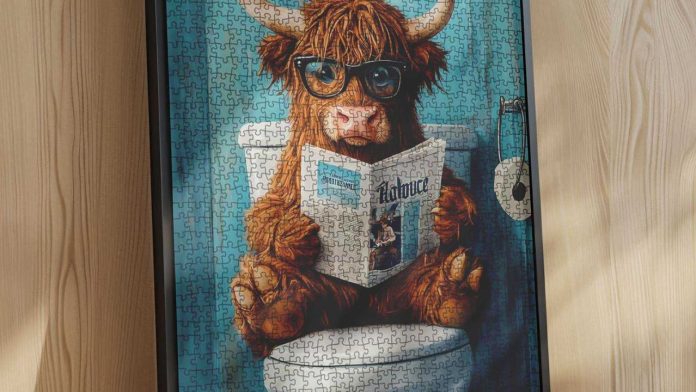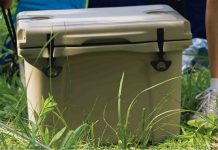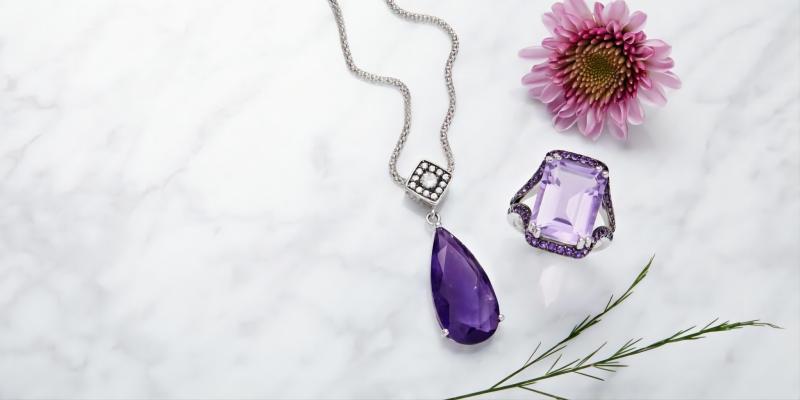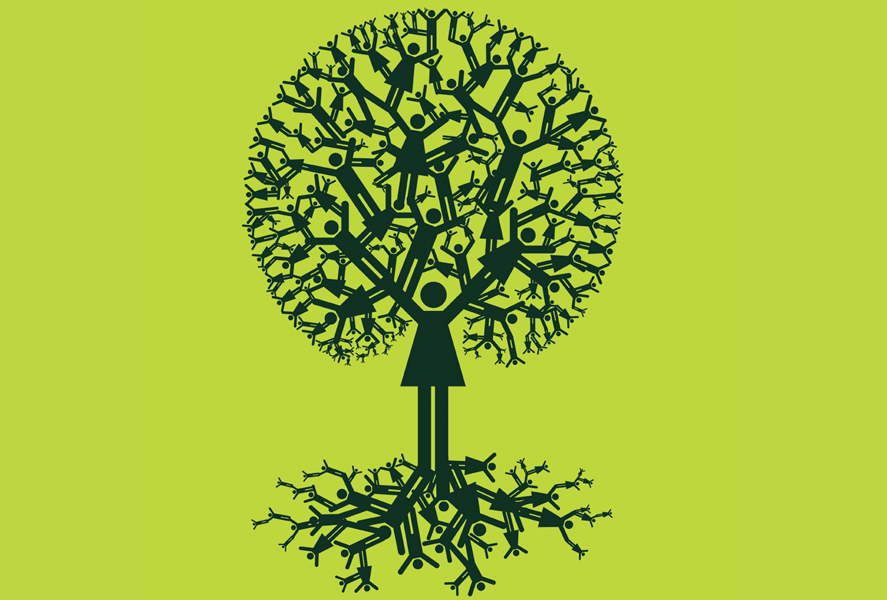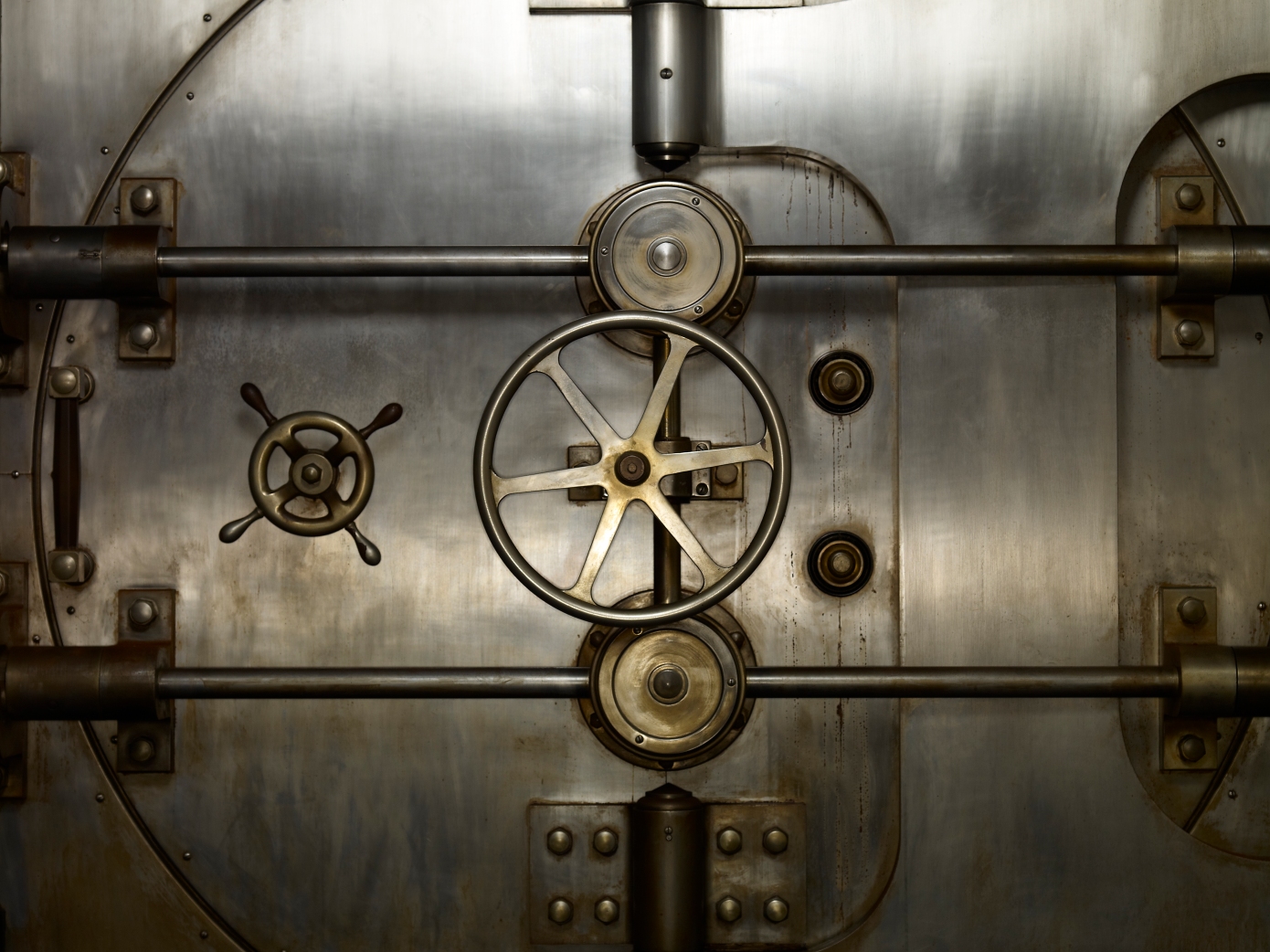Portable entertainment that combines artwork with mental stimulation has led people to enjoy jigsaw puzzles since the beginning of the previous centuries. The problematic yet entertaining puzzles appeal to family activities on lazy days and attract speed competition players for fun.
The Tucocoo brand has redesigned the traditional hobby using premium components, beautiful personalization options, and modern design approaches. This comprehensive guide reveals all information about jigsaw puzzles, catering to beginners and experienced enthusiasts alike.
A Brief History of Jigsaw Puzzles
The first jigsaw puzzle was created in 1762 by British cartographer John Spilsbury. He mounted a map on wood and cut it into pieces to teach geography. These early “dissected maps” were educational tools for wealthy children.
Due to printing and die-cutting improvements, adults began to enjoy puzzles at affordable prices through the 1900s. The Great Depression triggered a significant sales increase of puzzles because they offered affordable home entertainment.
Puzzle pieces now span 10 to 50 thousand formats, demonstrating how they initially assisted learning but became worldwide recreational activities.
Types of Jigsaw Puzzles
Modern puzzles cater to diverse tastes and skill levels:
Traditional Flat Puzzles:
- Made of cardboard or wood.
- Piece counts range from 50 to 5,000+.
- Themes include landscapes, animals, and famous artworks.
3D Puzzles:
- Assemble into sculptures, landmarks (e.g., Eiffel Tower), or globes.
- Often made of plastic or foam for structural stability.
Custom Puzzles:
- Personalize with photos, such as family portraits or pet pictures.
- Brands like Tucocoo offer high-quality prints and precise cuts.
Themed Puzzles:
- Movie posters, vintage ads, or holiday scenes.
- Specialty designs like gradient colors or all-edge pieces for experts.
Mystery Puzzles:
- Solve to reveal a hidden story or image not shown on the box.
Why Jigsaw Puzzles Are Good for You?
1. Boost Cognitive Skills
Scientific evidence reveals that brain area stimulation happens simultaneously when the left hemisphere works on logical sorting and the right hemisphere develops visual creations. Puzzling consistently helps to postpone mental deterioration in aging adults.
2. Reduce Stress
The focused, repetitive nature of puzzling lowers cortisol levels, promoting mindfulness. It’s a screen-free escape that combats anxiety and fosters a “flow state” of deep concentration.
3. Strengthen Relationships
Group puzzling encourages teamwork and communication. Families bond over shared challenges, while online communities connect enthusiasts worldwide.
4. Improve Motor Skills
Sorting and placing pieces refine hand-eye coordination, especially in children and seniors.
Choosing the Right Puzzle
Consider Skill Level
- Beginners: 300–500 pieces with distinct colors/patterns.
- Intermediate: 1,000 pieces and moderate detail.
- Experts: 2,000+ pieces, monochromatic designs, or false-edge pieces.
Material Matters
- Cardboard: Affordable but prone to bending. Ideal for casual use.
- Wood: Durable and timeless, often with whimsical “whimsy” pieces shaped like objects.
- Premium Brands: Look for linen-textured finishes (reduces glare) and tight-fitting cuts.
Image Complexity
- Opt for busy scenes (e.g., bustling cityscapes) to ease piece differentiation. Avoid large blocks of similar colors (skies, forests) unless you crave a challenge.
Step-by-Step Puzzle Solving Strategies
- Sort the Edges: Build the border first to define the workspace.
- Group by Color/Pattern: Organize the remaining pieces into trays or containers.
- Focus on Sections: Tackle recognizable areas (a red barn, a face) to build momentum.
- Use the Box Image Sparingly: Reference it for general placement, but rely on piece shapes for tricky sections.
- Stay Patient: Walk away if stuck—fresh eyes spot connections faster.
Preserving and Displaying Finished Puzzles
Don’t disassemble your hard work! Try these ideas:
- Glue and Frame: Apply puzzle glue (like Mod Podge) to the front, let dry, and mount in a frame.
- Puzzle Mats: Roll up completed puzzles for storage without taking them apart.
- Shadow Boxes: Display 3D puzzles or layered designs in deep frames.
- Coffee Table Top: Seal under glass for a functional art piece.
Common Challenges (and Solutions)
- Lost Pieces: Contact the manufacturer; many companies (like Tucocoo) replace missing parts.
- Warped Pieces: Flatten under heavy books overnight.
- Repetitive Sections: Use subtle differences in print quality or texture to differentiate pieces.
- Storage Issues: Use ziplock bags or dedicated puzzle sorting trays.
The Puzzle Community: More Than Just a Hobby
Jigsaw puzzles have fostered vibrant communities:
- Online Groups: Facebook and Reddit forums share tips, swaps, and custom designs.
- Competitions: Speed-solving events test agility (the world record is 1:01:29 for 1,000 pieces!).
- Charity Puzzles: Organizations host puzzle drives for seniors or hospitals.
- The Pandemic Boom: Sales soared in 2020 as people sought mindful, offline activities.
Conclusion
Jigsaw puzzles offer more than leisure experiences because they combine visual art with scientific puzzles and interpersonal social contact.
Puzzle completion offers two-fold benefits; it stimulates mental activity and relieves anxiety. It also enables social success even during solitary experiences. Tucocoo elevates this experience with puzzles that blend artistry, quality, and personal meaning.

